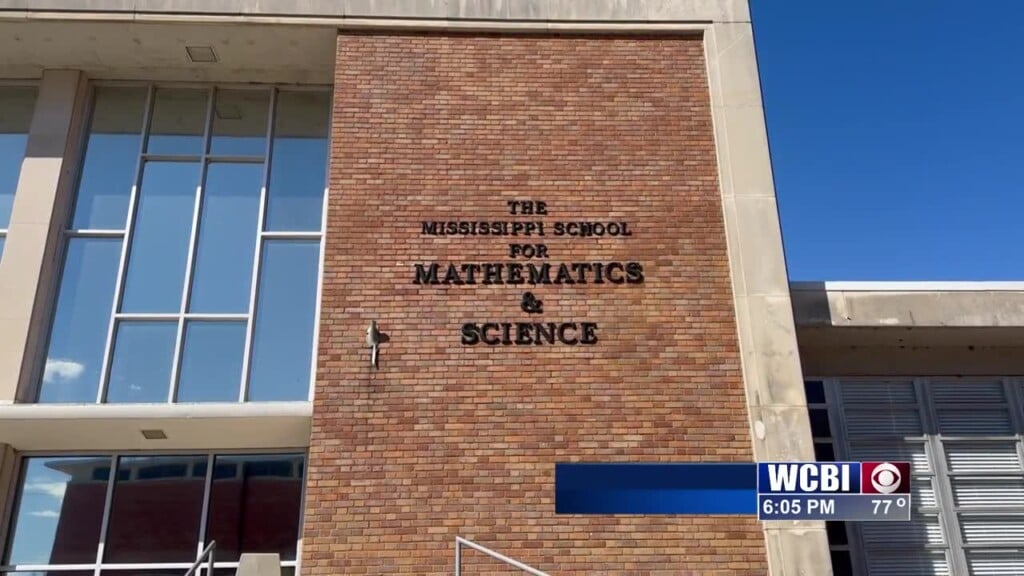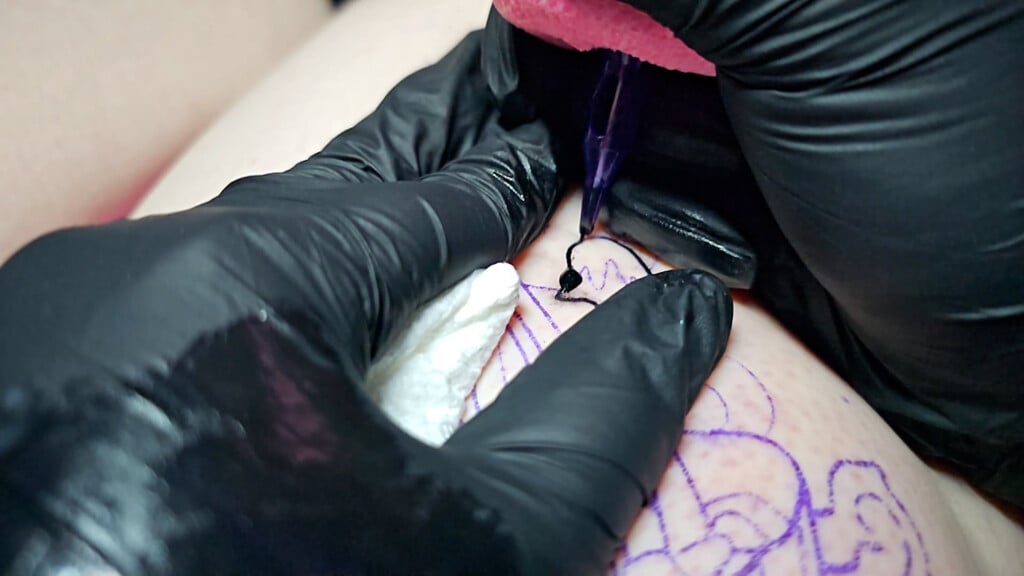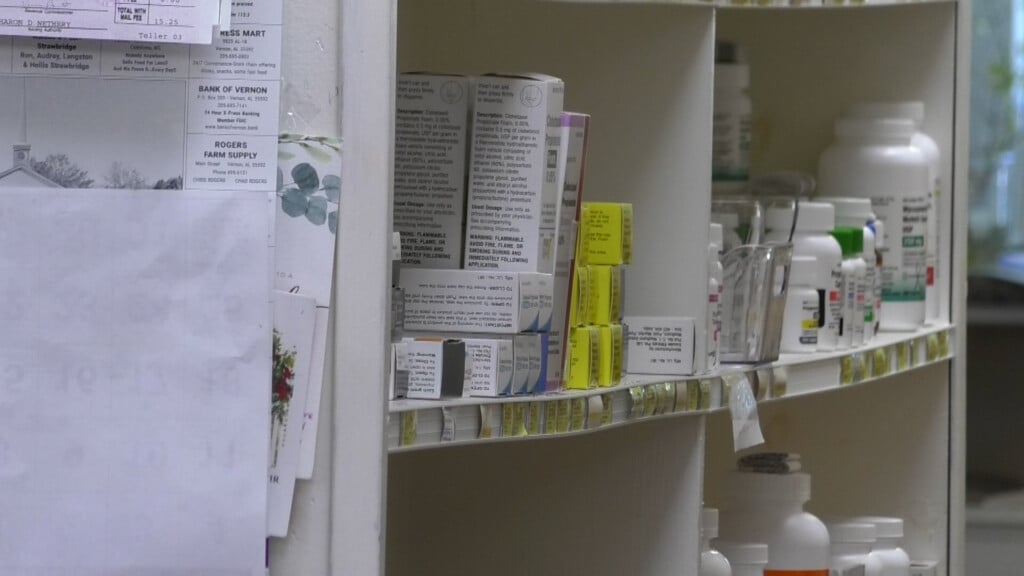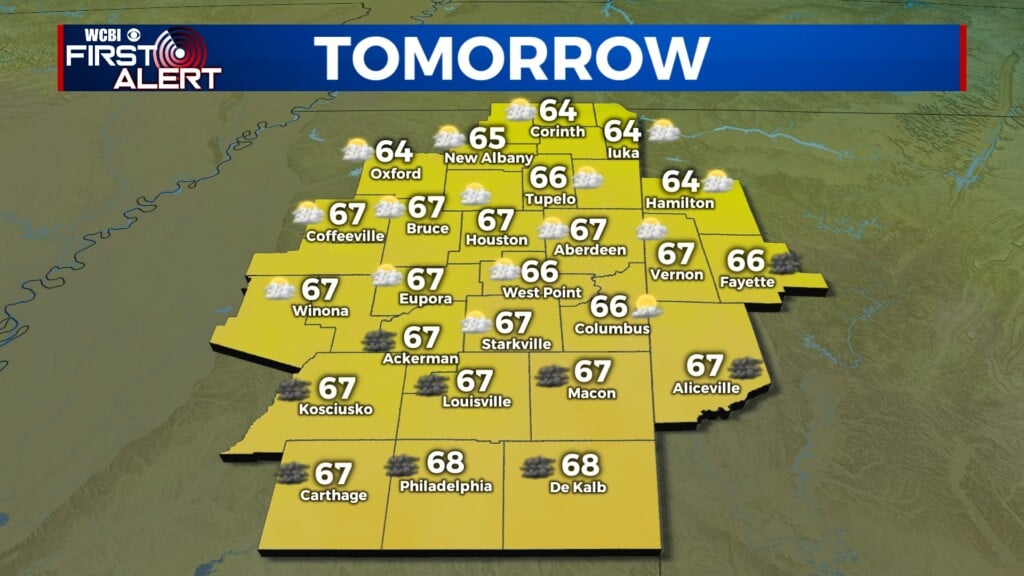Whole-Community Rapid Response Marks First 30 Days of Recovery
JACKSON, Miss. (Press Release) — It was April 28 when tornadoes swept from west to east across Mississippi, the beginning of five days of severe storms that also brought rain and flooding. The National Weather Service confirmed 23 tornadoes in the state and 14 deaths. More than 1,200 homes and 90 businesses were destroyed or sustained major damage. Approximately 2,000 homes and 200 businesses were damaged in some way. Two days into the event, Governor Phil Bryant’s request for a federal disaster declaration was granted by President Obama.
A dozen counties were so badly damaged they soon qualified for federal Individual Assistance to help individuals and households. Public Assistance was also included to help local governments, and certain private nonprofits in 10 counties.
The American Red Cross quickly opened shelters for those displaced by the tornadoes and eventually operated six shelters which provided 678 overnights stays, 21,512 meals and 25,721 snacks by the time they closed. The Salvation Army opened eight mobile kitchens (“Canteens”) and three fixed feeding sites. They served 10,256 meals, 13,547 beverages and 7,328 snacks.
Only a week after the Louisville tornado destroyed the Winston Medical Center, the only hospital in the area, MEMA and FEMA, with the assistance of the State of North Carolina, delivered a replacement. The National Mobile Disaster Hospital, which FEMA kept in a state of readiness in North Carolina, was loaded onto 27 tractor-trailers and delivered to Louisville for installation. MEMA leased another dozen mobile units in Mississippi to be installed as patient exam rooms.
Mississippi’s State Medical Assistance Team from University of Mississippi Medical Center provided emergency medical care to the citizens of Winston County while the National Mobile Disaster Hospital was transported and assembled.
Less than three weeks after their hospital was destroyed, the staff of the Winston Medical Center opened their new temporary facility at 7 a.m. on May 19.
Meanwhile, on May 3, MEMA and FEMA opened the first three disaster recovery centers where disaster survivors could obtain recovery information in person. Those centers were in Louisville and Tupelo, which briefly had two centers. On May 5, three more centers opened in Brandon, Columbus and Mantachie. Eventually 10 centers would be opened, the last on May 12 in Laurel. Six remained open this week. The centers have received nearly 4,000 visits so far.
The U.S. Small Business Administration also staffs the disaster recovery centers to help individuals, households and businesses understand the process for obtaining low-interest, long-term loans. Currently the SBA has approved 95 home loans for homeowners and renters totaling just over $6.6 million dollars for rebuilding, repairing and replacement of damaged property.
SBA continues to have staff at all disaster recovery centers to provide assistance with the completion and return of the loan applications. SBA advises there is no need to wait on an insurance settlement and encourages those with SBA loan applications to complete and return them as soon as possible.
For many Mississippians, the face of FEMA was a member of its Disaster Survivor Assistance cadre who are the eyes and ears of FEMA in impacted communities. They meet with local officials, community and faith leaders, business owners, schools and service organizations to identify disaster survivors who may need one-on-one help in registering and receiving FEMA assistance. They have visited more than 8,500 homes and interacted with more than 6,000 disaster survivors in Mississippi.
Mitigation is the word FEMA uses to describe the job of helping residents reduce the risk of damage in a future disaster. FEMA mitigation outreach teams can be found in home improvement stores, armed with situation-specific advice, booklets and pamphlets explaining how to repair or rebuild safer and stronger.
On another front, MEMA and FEMA created a joint task force to tackle the complex housing problem the disaster created. Statewide, 767 households were left homeless in the aftermath of the tornadoes.
Upon official review of assistance applications of homeowners and renters, more than a dozen cases were referred to the voluntary agency liaison for possible volunteer assistance to repair or rebuild their homes. More than 30 other disaster survivor households were identified as having access and functional needs. Their cases were referred to appropriate agencies. Overall, adequate temporary housing was determined to be available in 11 of the 12 counties eligible for FEMA Individual Assistance.
On May 20, FEMA approved a direct housing mission for residents of Winston County, where the most severe and concentrated tornado destruction happened. New, FEMA-owned mobile homes can be provided as temporary living quarters where no rental housing or other appropriate housing is available.
Where possible, temporary mobile homes will be installed on private sites while homes are rebuilt. Available vacant mobile home sites in existing parks also will be utilized.
But first, the tornado debris has to be cleared from properties of disaster survivors eligible for temporary use of a FEMA mobile home. By law, FEMA is not authorized to pay for debris clearance on private property. But skilled, disaster-experienced volunteers responded to Mississippi. They are helping survivors move debris off their lots and to the roadsides.
MEMA and FEMA are connecting those volunteers with the resources to get the job done. MEMA, through its newly-launched Business Emergency Operations Center, worked with private sector companies willing to donate tools and equipment, plus the diesel fuel to operate the heavy equipment.
In the fourth week of the disaster, the first applications for temporary mobile homes were approved and sites deemed suitable. Two will be placed on homeowner properties in Noxapater, Miss., and four will be installed on vacant pads in a trailer court in Louisville. More applications are being processed as quickly as possible.
Two temporary mobile homes arrived in Mississippi Tuesday; both are 34-foot, one-bedroom “park models.” One meets Uniform Federal Accessibility Standards for use by a disabled applicant. More units will make the three-hour trip from FEMA’s staging area in Selma, Ala. as applicants are approved and sites are prepared.
Volunteers from Mennonite Disaster Services, under agreement with MEMA and FEMA, are clearing sites of debris using their own equipment and fuel as well as donated equipment and fuel. Other volunteer groups, including Southern Baptist Disaster Relief, Samaritan’s Purse and Team Rubicon, have placed tarps on roofs of damaged homes and cleared debris.
This week, Public Assistance “kick-off” meetings were completed for the 10 counties eligible for FEMA grants to help local governments cover the costs of debris removal and emergency protective measures. Nine of the 10 counties also are eligible for help funding the repair or replacement of damaged public property.
Public Assistance benefits all taxpayers of designated counties to the extent that it relieves them of bearing costs of disaster response and rebuilding public facilities.
Disaster survivors in Itawamba, Jones, Leake, Lee, Lowndes, Madison, Montgomery, Rankin, Simpson, Warren, Wayne and Winston counties may be eligible for FEMA’s Individual Assistance program.
Individuals and households in those counties can register for FEMA Individual Assistance online at DisasterAssistance.gov, via smartphone or tablet at m.FEMA.gov or by calling the FEMA helpline at 800-621-FEMA (3362). People who are deaf, hard of hearing or have a speech disability and use a TTY should call 800-462-7585. Lines are open 7 a.m. to 10 p.m. (central time) and assistance is available in multiple languages.
For more information on Mississippi disaster recovery, go to FEMA.gov/Disaster/4175. Visit the MEMA site at msema.org or on Facebook at facebook.com/msemaorg.





Leave a Reply